
When we talk about cloning technology, many may recall the birth of Dolly the sheep in 1996, marking a significant milestone in cloning advancements. However, for most people, this biotechnology still carries an air of mystery. Today, I'll delve deeper into three common questions about cloning.

Over the past decade, research on cloned animals (including multiple clones of Dolly) has shown that cloned animals do not exhibit signs of "early aging." During the period of "zygotic genome activation," the cloning embryos undergo telomere reprogramming, which restores the telomere length to that expected in the species' embryonic cells.
In 1997, scientists cloned a mouse named "Cumulina," the first adult animal cloned from adult cells to survive to adulthood, living for 2 years and 7 months, and producing offspring twice. The lifespan of experimental mice ranges from 1 to 3 years.

The first cloned goat in China, successfully cloned by Professor Zhang Yong from Northwest A&F University, lived to be 15 years and 10 months, surpassing the average goat lifespan of about 12 years.
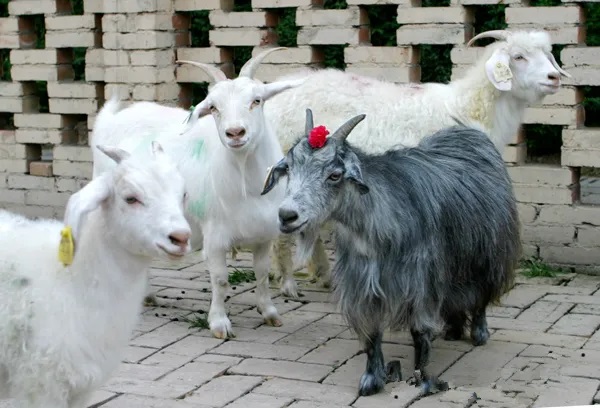
The world's first cloned cows (twins) bred by Japanese scientists lived to be 19 years and 10 months and 21 years, surpassing the average cow lifespan of 18 to 22 years.
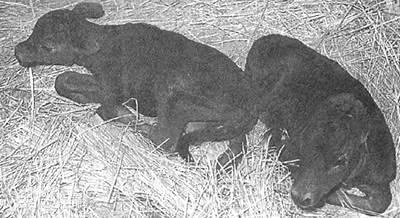

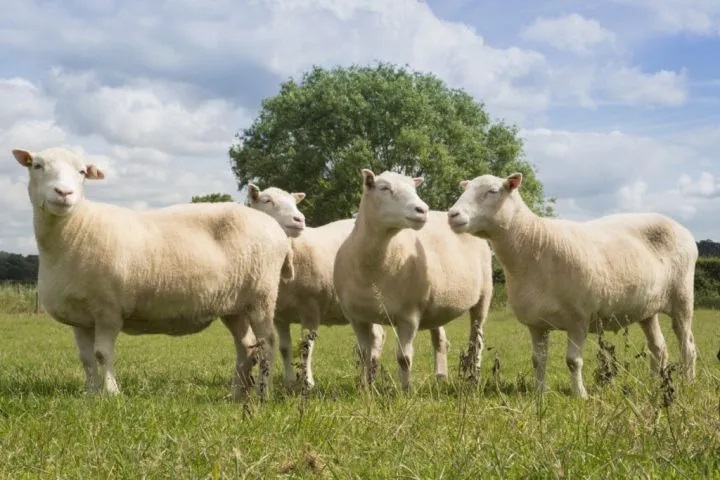
Cloned animals, just like naturally bred animals, can reproduce and have offspring that are also capable of reproducing. However, it is interesting to note that the cloning efficiency decreases when cloning cloned animals further, and the reasons for this decline are not yet clear. How many generations can be cloned? It is possible to have dozens to hundreds of generations. In our cloning process, we have observed variations in the efficiency of each individual, whether due to genetic factors, cell conditions, or other experimental variables. There are numerous scientific questions that require further research to be addressed.
We are aware that the cloned sheep Dolly passed away at the age of 6 and a half due to illness. Despite her short life, she gave birth to 6 offspring. Initially, Dolly was paired with a Welsh mountain ram named David, and in April 1998, they welcomed their first offspring, affectionately named Bonnie, proving that cloned animals can indeed reproduce.
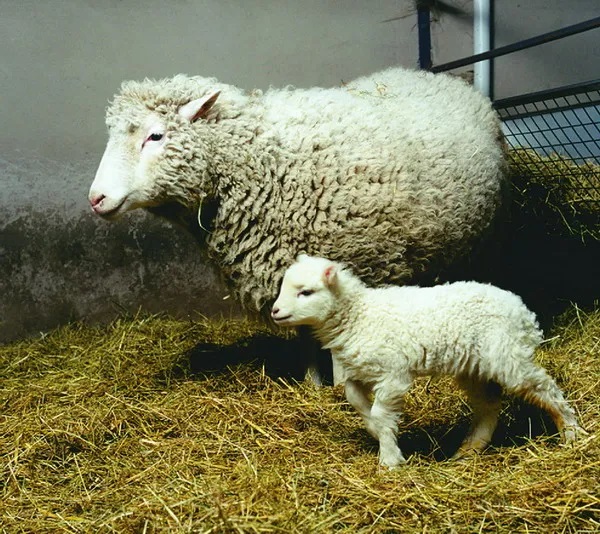
In 1999, Dolly's family welcomed five more adorable lambs—Sally, Rosie, Lucy, Darcy, and Cott.
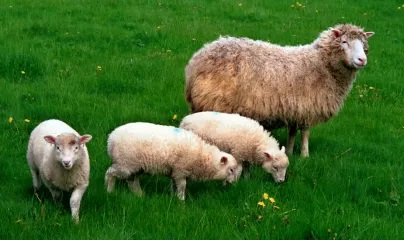
Besides Dolly the cloned sheep, on August 22, 2005, the Audubon Center for Research of Endangered Species in the U.S. released photos of five kittens. These kittens were born on July 26 through the natural mating of two cloned wildcats.
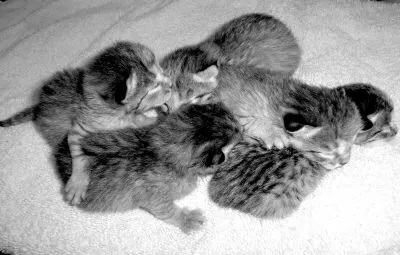
Photos of three cloned offspring of the world's first cloned dog, "Snuppy", at two months old, can also be found online.
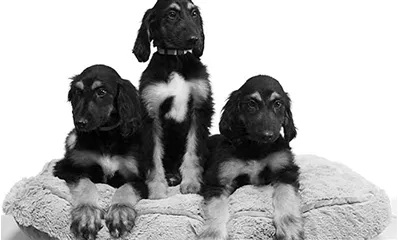
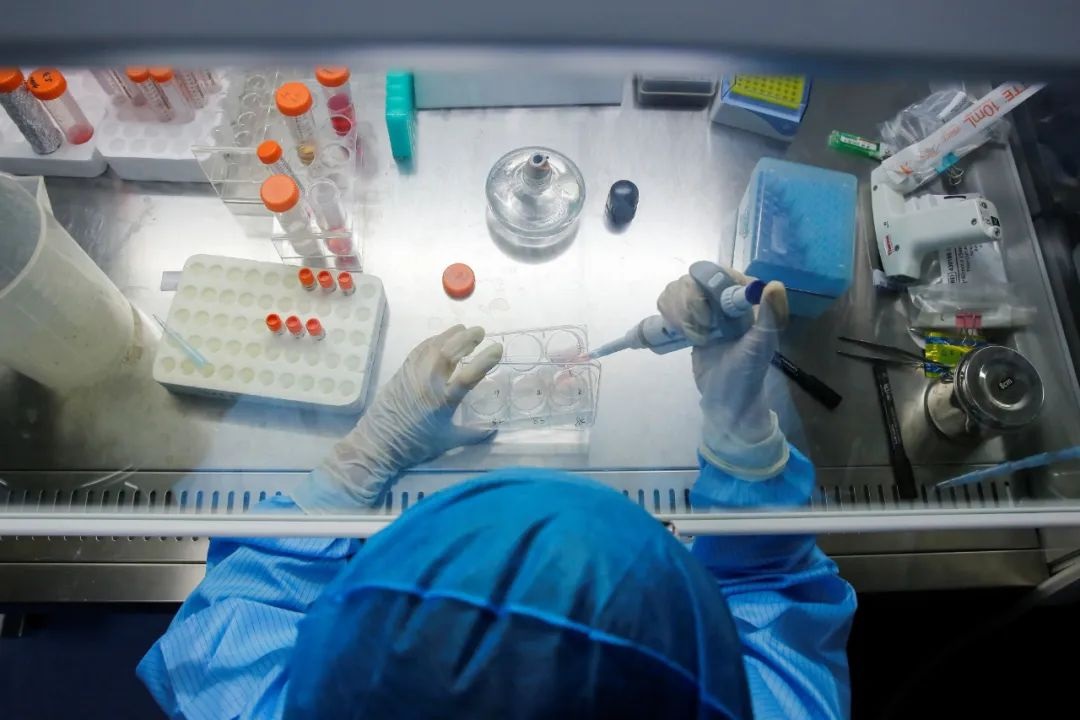
Influenced by epigenetic factors, cloned animals are fundamentally consistent with their originals in terms of skeletal structure, physiological characteristics, and body functions. However, pets may exhibit differences in coat color. Why is this? It's a complex issue, involving chromosomal inactivation, mitochondrial heredity effects (mitochondria exist in the cytoplasm and are not extracted during the cloning process), and epigenetic influences. Epigenetics refers to modifications like methylation and acetylation that occur without altering the genome itself, but still leading to different traits.

Purebred pets' traits can generally align closely.
